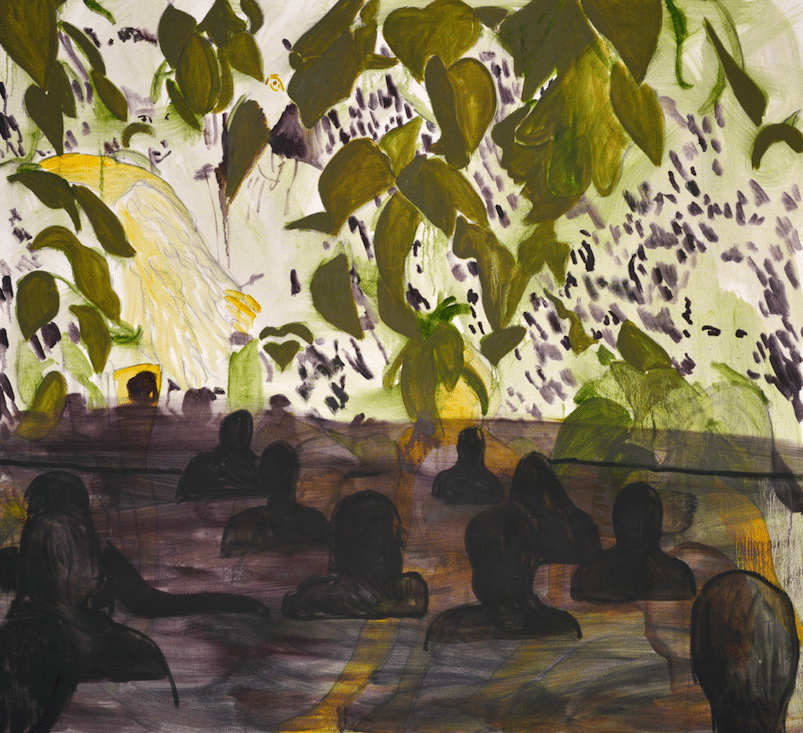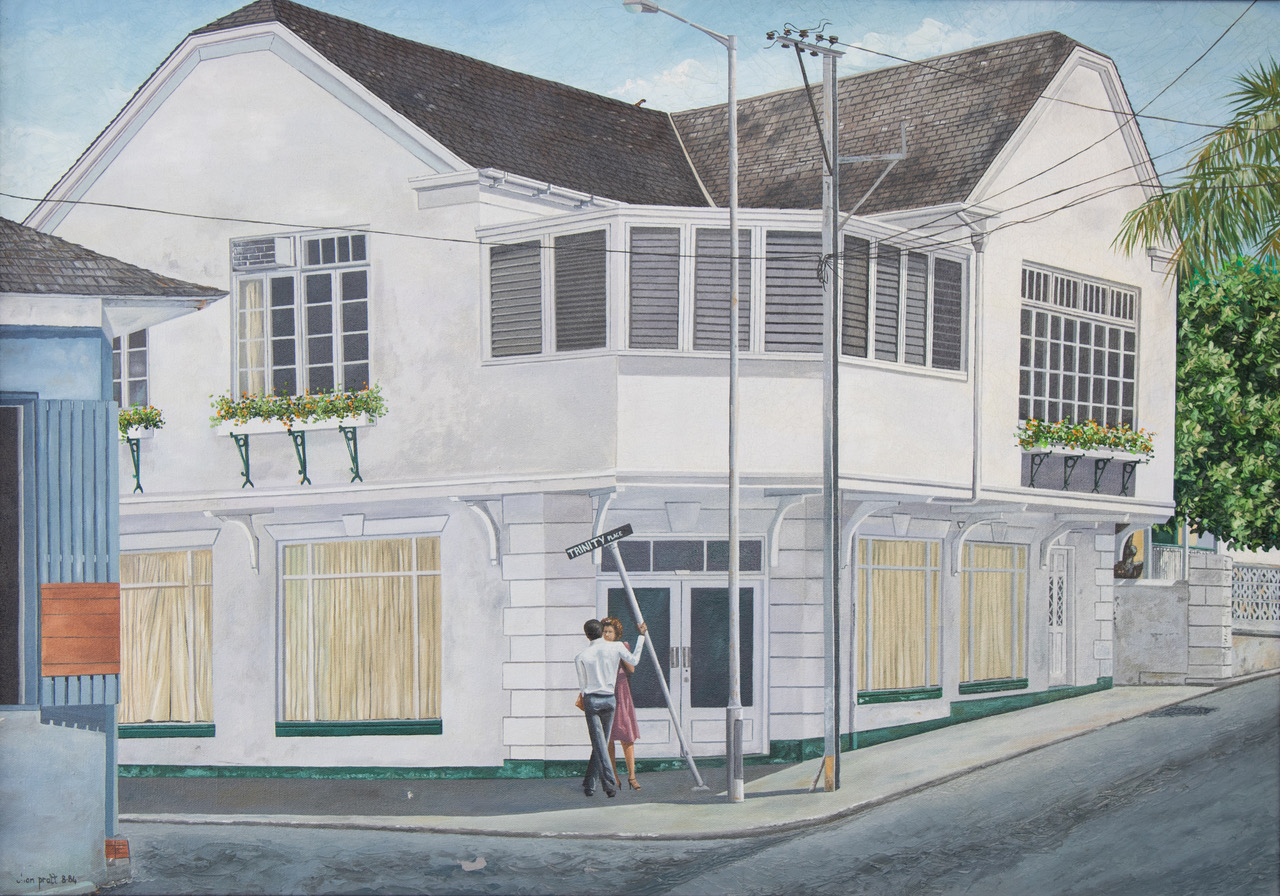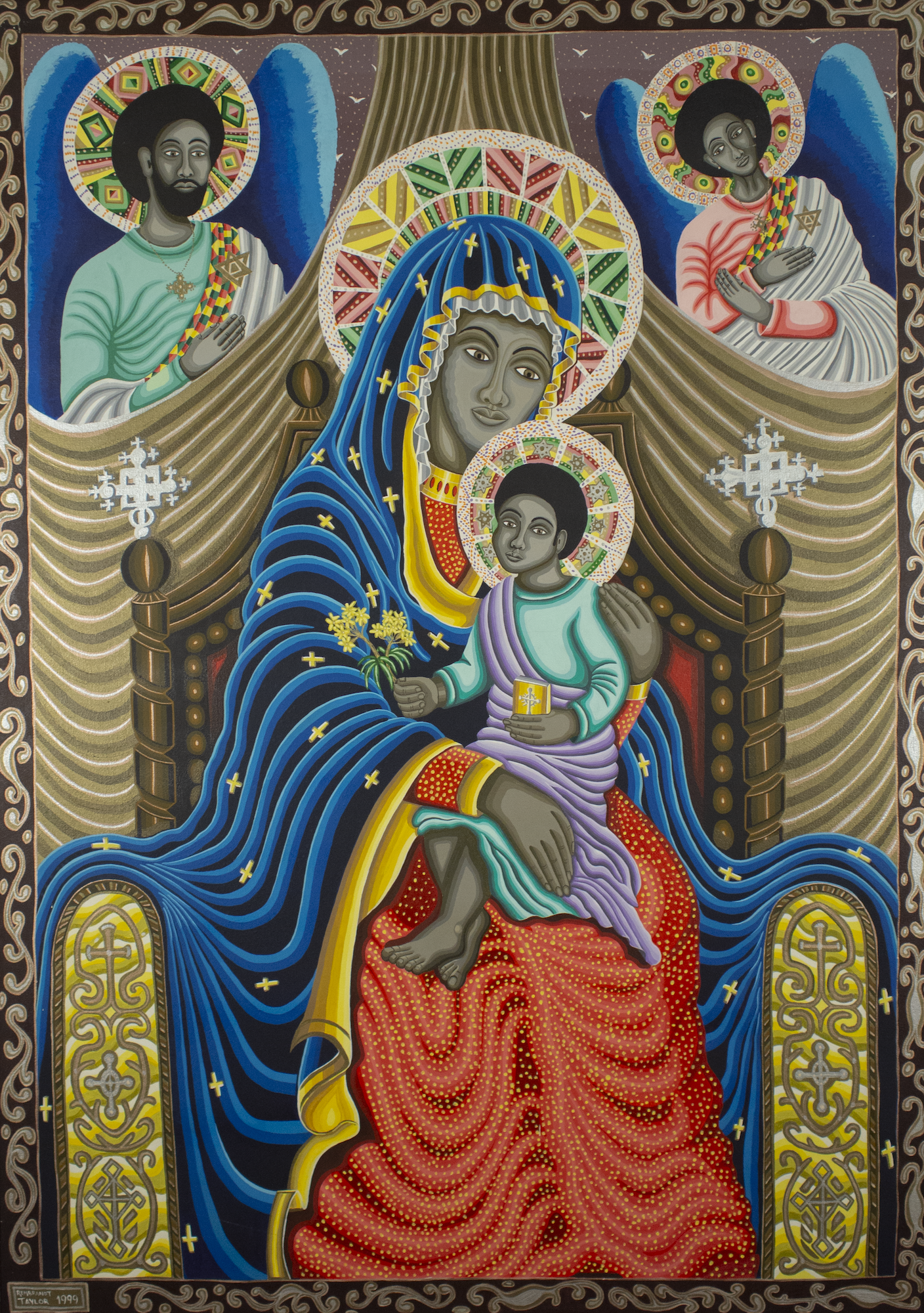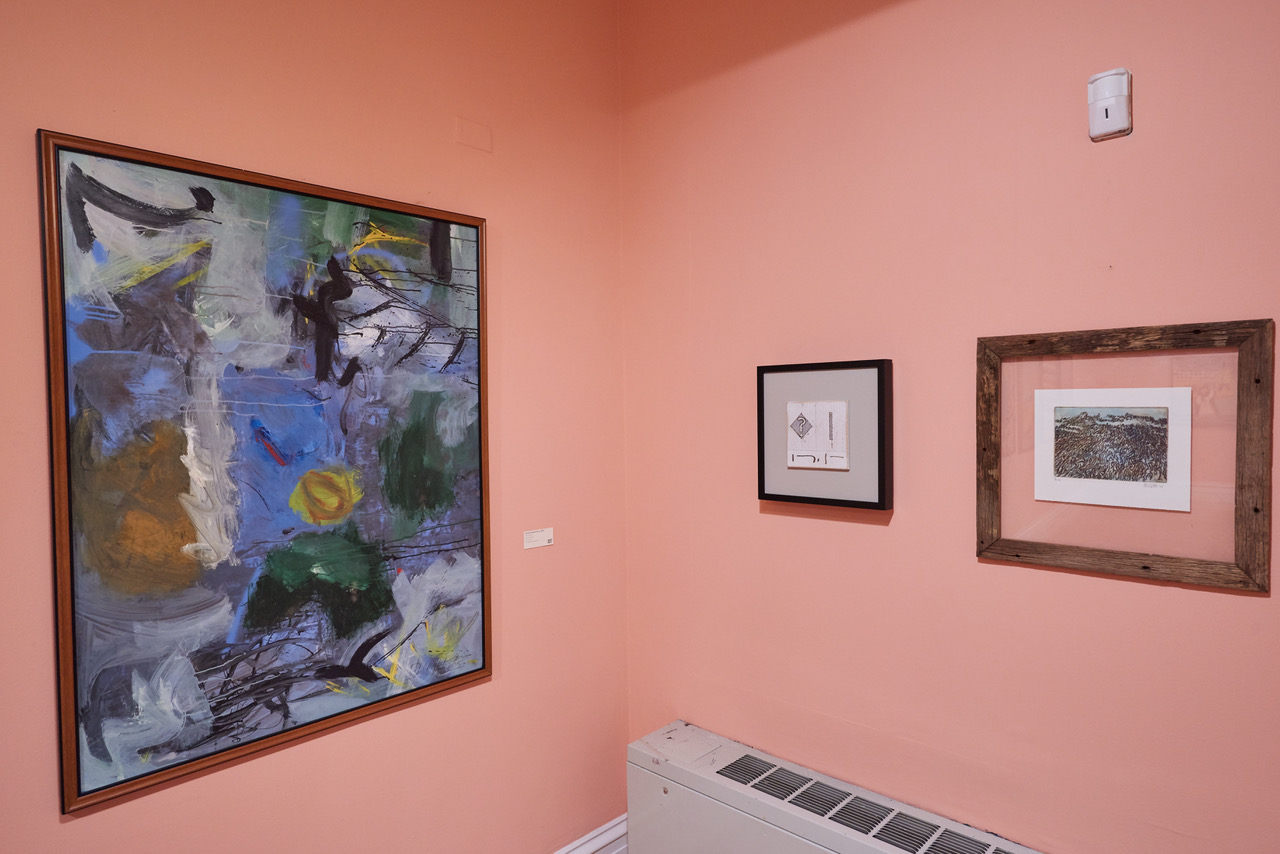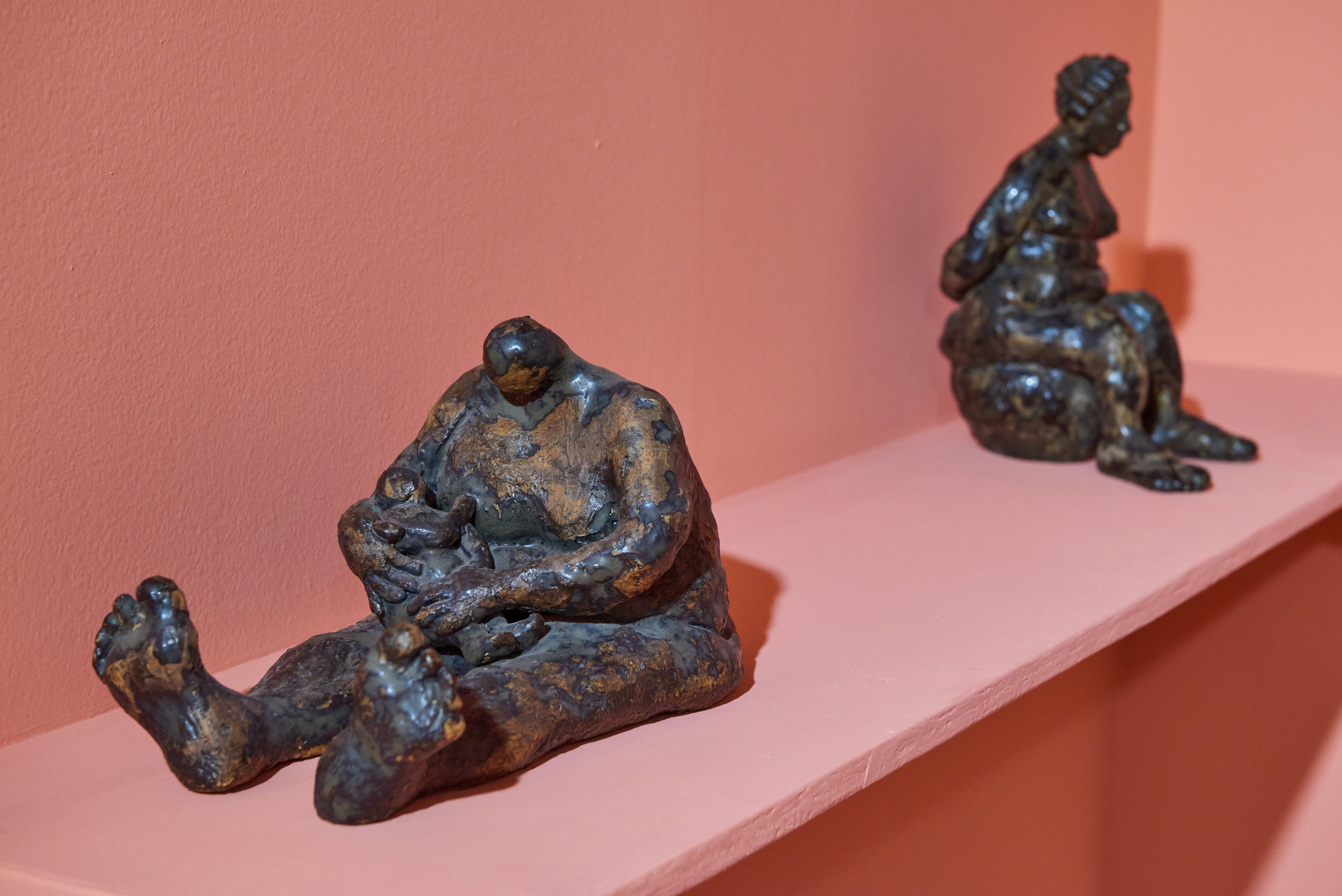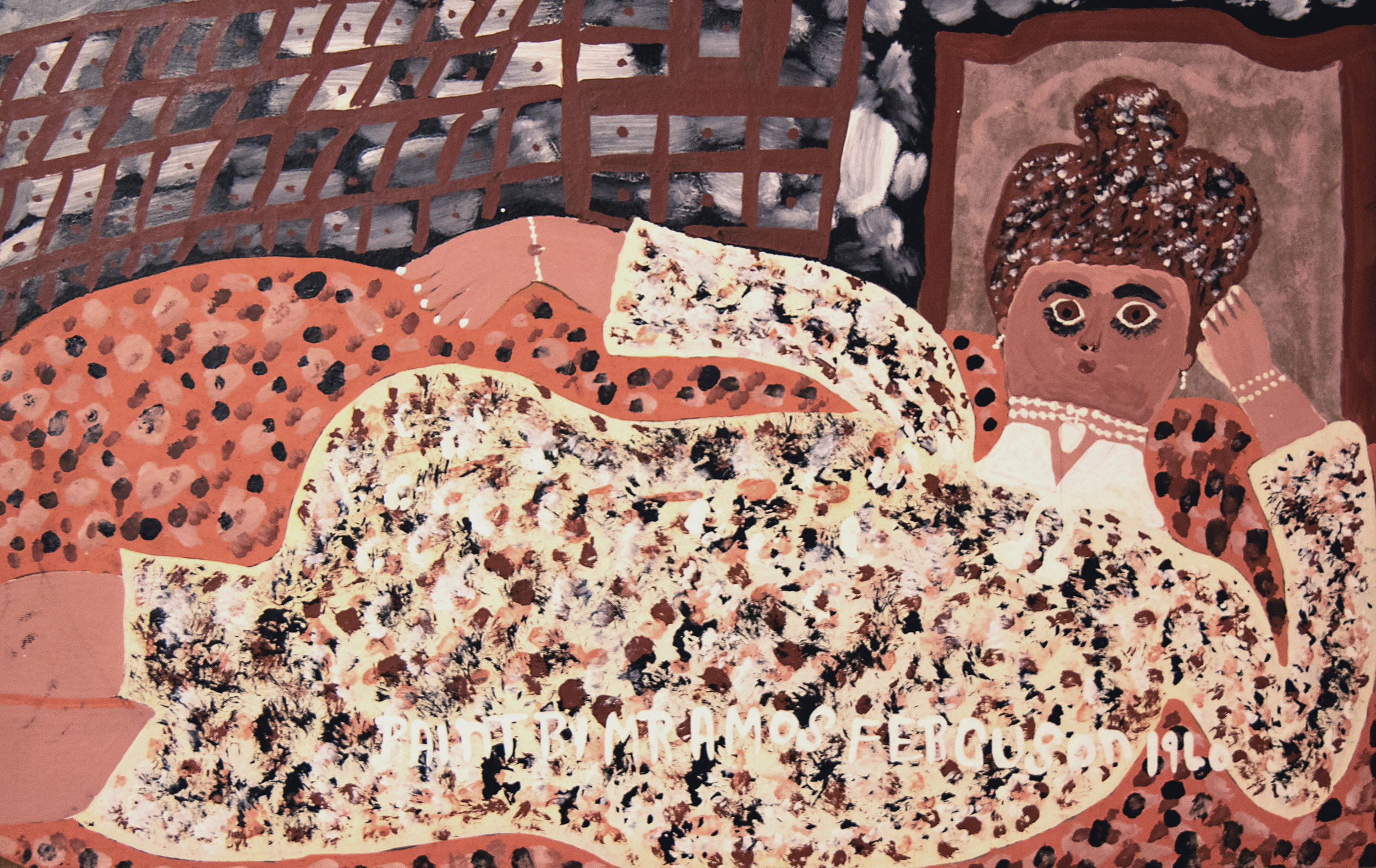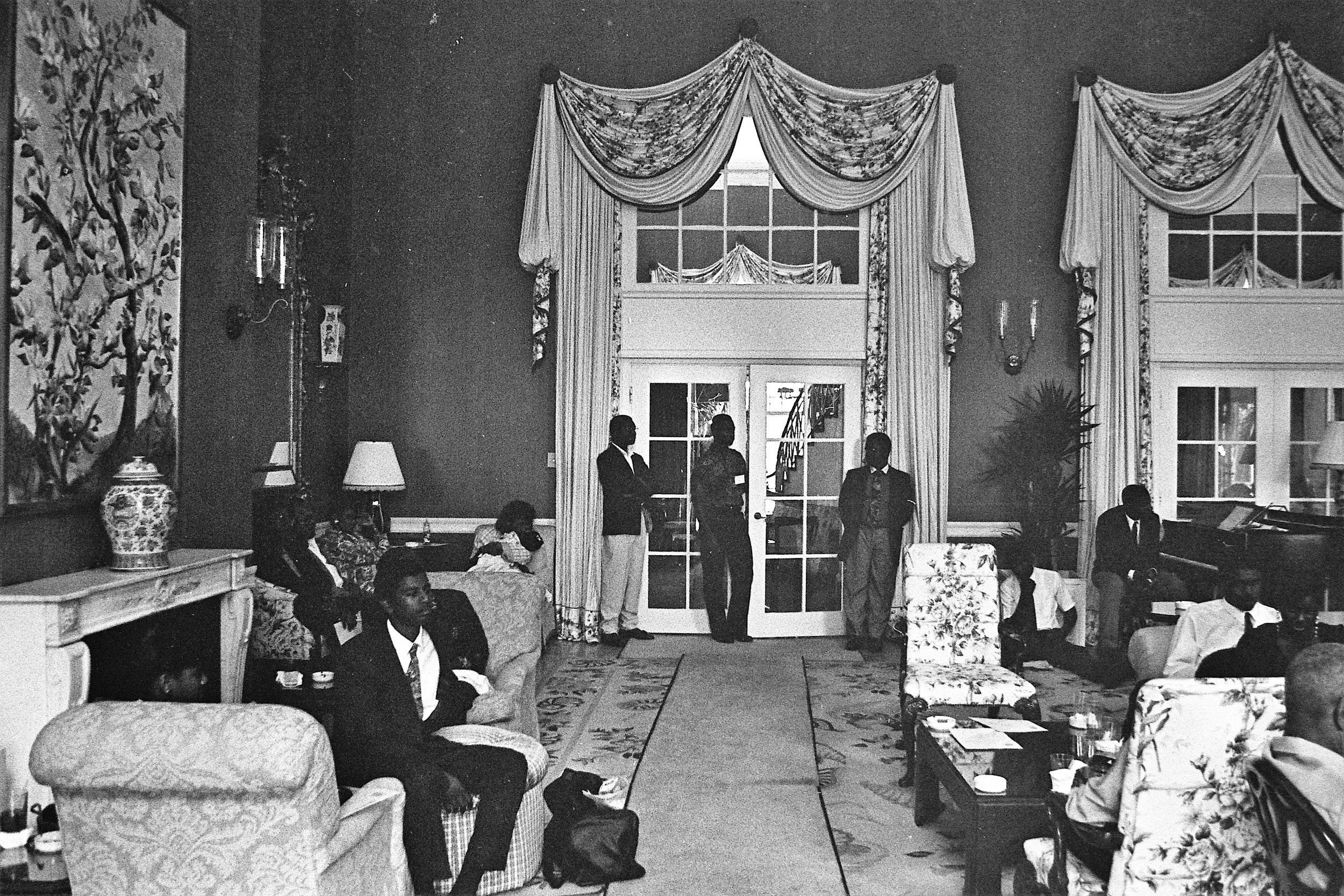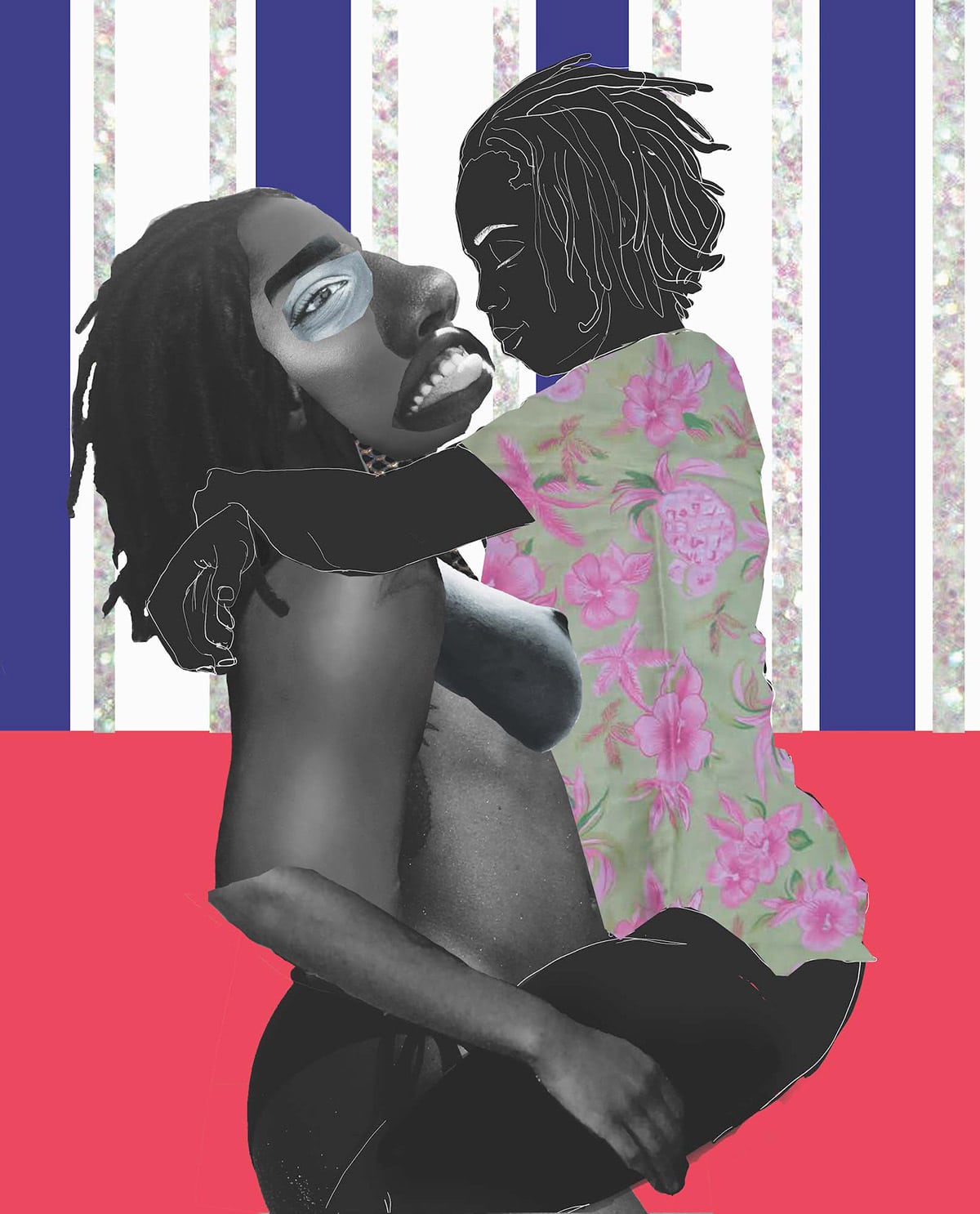Stories Of Beauty, Community, and Healing Ian Bethell-Bennett · 7 May 2019 The presence of art and music in communities
Currently browsing: Articles
Chan Pratt’s Work Speaks to the Urbanisation of the Bahamian Landscape
By Blake Fox. Slated to open on Thursday, May 2nd, 2019 at The National Art Gallery of The Bahamas (NAGB), “Resurrection” is a retrospective of over 100 paintings by noteworthy Bahamian artist Chan Pratt. The collection prominently features Bahamian landscapes between the 1980s and ‘90s with scrupulous attention to the local flora. Having died suddenly–and at a young age–much of Pratt’s work was undocumented and there is an unfortunate lack of historical information on the artist and his practice. To resolve this lack of exposure, the NAGB is working with Dewitt Chan (DC) Pratt, Chan Pratt’s son, and over 20 collectors of Pratt’s work to pay homage to his talent which was sometimes overlooked.
From the Collection: Rembrandt Taylor’s Madonna and Child
The Role of the Arts in Addressing Climate Change
By Blake Fox. Currently on display through June 2, 2019, at the National Art Gallery of The Bahamas (NAGB), the Permanent Exhibition “Hard Mouth: From the Tongue of the Ocean” focuses on how both verbal and visual language have shaped us as a country. One could argue that The Bahamas is a phonocentric culture, meaning speech is given precedence over written or visual work. Because of this emphasis on speech rather than written or visual work, it is no doubt that The Bahamas has a very rich oral culture. While Bahamians rely heavily on oral communication to pass down culture and traditions, visual and written works are just as crucial in communicating cultural beliefs and values in societies. This exhibition highlights Bahamian artwork that serves as a conduit to bridge the gap between our visual and oral culture in The Bahamas.
The Black Woman Body Paradox
Stories The Black Woman Body Paradox Natalie Willis · 10 April 2019 There are certain things that should unsettle us,
Sitting Pretty Political: Amos Ferguson and the Reclining Women of Art History
By Natalie Willis One of the key poses for women in classical painting is the reclining nude. It’s become such a huge part of the canon of European historical paintings, no doubt in part to the patriarchal obsession with the naked female form. Nonetheless, it’s been rich territory for many an earth-shattering painting in art history: Titian’s “Venus of Urbino” (1532-34), Jean Auguste Dominique Ingres’ “Grande Odalisque” (1814), and Manet’s infamous “Olympia” (1865), all of which changed the art world’s reading of the pose each time. It should come to us as no surprise then that Amos Ferguson, our beloved (and often misunderstood) intuitive painter from Exuma, might want to make his own mark in such territory, though perhaps more conservatively given his very religious background.
Considering culture: More than a smile
By Dr Ian Bethell-Bennett, The University of The Bahamas. The art of expression is as much a part of culture as is the art of weaving or straw work, yet we often overlook this. When someone says, “I ga beat you into next week,” the local colour is present, but the violent subtext is usually edited out. In Jamaican novelist, dramatist, critic, philosopher, and essayist Sylvia Wynter’s work “We must learn to sit down together and talk about a little culture” (Jamaica Journal, 1968) we see the commodification of art and culture. Yet, we have apparently progressed to the post-independence point where most pre-independence problems are ignored or cured by the shift. But the exploration of sitting down together demonstrates that we have not moved beyond the problems nor have they disappeared. Violence and violent dispossession remain realities, often ignored.
Talking to the Dead: Tamika Galanis Brings Lomax Archive Materials Home
By Natalie Willis
“There are years that ask questions and years that answer.” ― Zora Neale Hurston, Their Eyes Were Watching God
“Homecoming: Talking to the Dead” by Tamika Galanis becomes an answer to a much older question. Galanis’ work, in her careful, tender sifting-through of the Alan Lomax archive (consisting of a host of images and sound from his expedition to The Bahamas in 1935) at the Library of Congress became a response to Lomax’s curious call and questioning nearly 100 years ago. A Library of Congress Fellow, Galanis may be best known to some as “the lady with the shirts” – those Lignum + Tingum tees that serve up Bahamian dialect and lists of local flora and food – but for others she is far, far more – an artist, researcher, documentarian, and a seeker of truth. Coming across materials from this collection while she was undertaking her graduate studies, Galanis saw a letter from Lomax reporting his findings from his time in Nassau back to the Library of Congress (LOC), the start of her time following this thread that would lead her to a surprising connection to Zora Neale Hurston.
The God Self: Lessons on Self-Love from Emerging Artist Cydne Coleby
By Kevanté A.C. Cash, NAGB Correspondent. At first glance, through a narrow lens, one could be offended by the works of emerging artist Cydne Coleby supported in the National Exhibition 9 (NE9) “The Fruit and The Seed”. Crafted with a “slight sense of narcissism”, interwoven with themes of erotic imagery, Coleby addresses the self – the God self, that is. She conducts a session of “soulversations” – moments in time allotted for self to do the work of loving and healing from past traumas and pains through her series “A God Called Self”.
Tender Seedlings: Anina and A.L. Major Reflect on Pain and Love in the Bahamian Diaspora
By Natalie Willis. Art and language, be it in literature, poetry, or song, have perhaps always gone hand in hand. It makes sense of course, because really what we’re getting down to in artwork or in words is communication – often with one being used to describe or illustrate the other. It’s a happy collaboration, and so too was the collaboration between interdisciplinary artist Anina Major and her flesh-and-blood family A.L. Major. The two came together to produce Seedling (2018) for the NE9 “The Fruit and The Seed,” a work incorporating cohesively all manner of material – ceramic, wood, digital clocks, a newly sprouted dilly tree, and the words of poetry and phone calls overland and oversea. The work – part artistic laboratory experiment and part poetic becoming – gives us a way to think on the struggles of identity of the Bahamian emigre.
